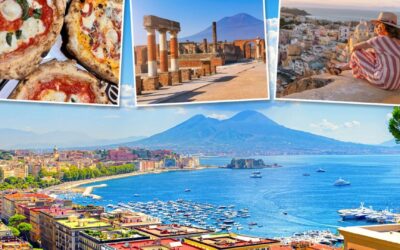
Jorge Fernández Salas/Unsplash
When I stepped off the bus into Granada’s town centre, the city buzzed with an energy I couldn’t quite place — part ancient, part modern, and entirely captivating. Fresh from the sunny island of Mallorca, I arrived in the heart of an ancient Moorish kingdom. With its rich history, vibrant neighbourhoods, and iconic landmarks like the Alhambra, there was no shortage of things to do in Granada. This was the beginning of my Andalusian adventure, and already, I could tell it would be a journey to remember.
The fantastic things to do in Granada
Exploring the Alhambra and Generalife

No trip to Granada would be complete without visiting the Alhambra, and after spending an entire day — and night— there, I wholeheartedly agree. Perched high on Sabika Hill, this ancient fortress-palace has watched over the city for centuries, reminding of a time when Moorish rule flourished in Spain. The Alhambra wasn’t just a palace; it was the Nasrid dynasty’s final stand, Spain’s last bastion of Islamic law before the Catholic monarchs reclaimed the city in 1492.
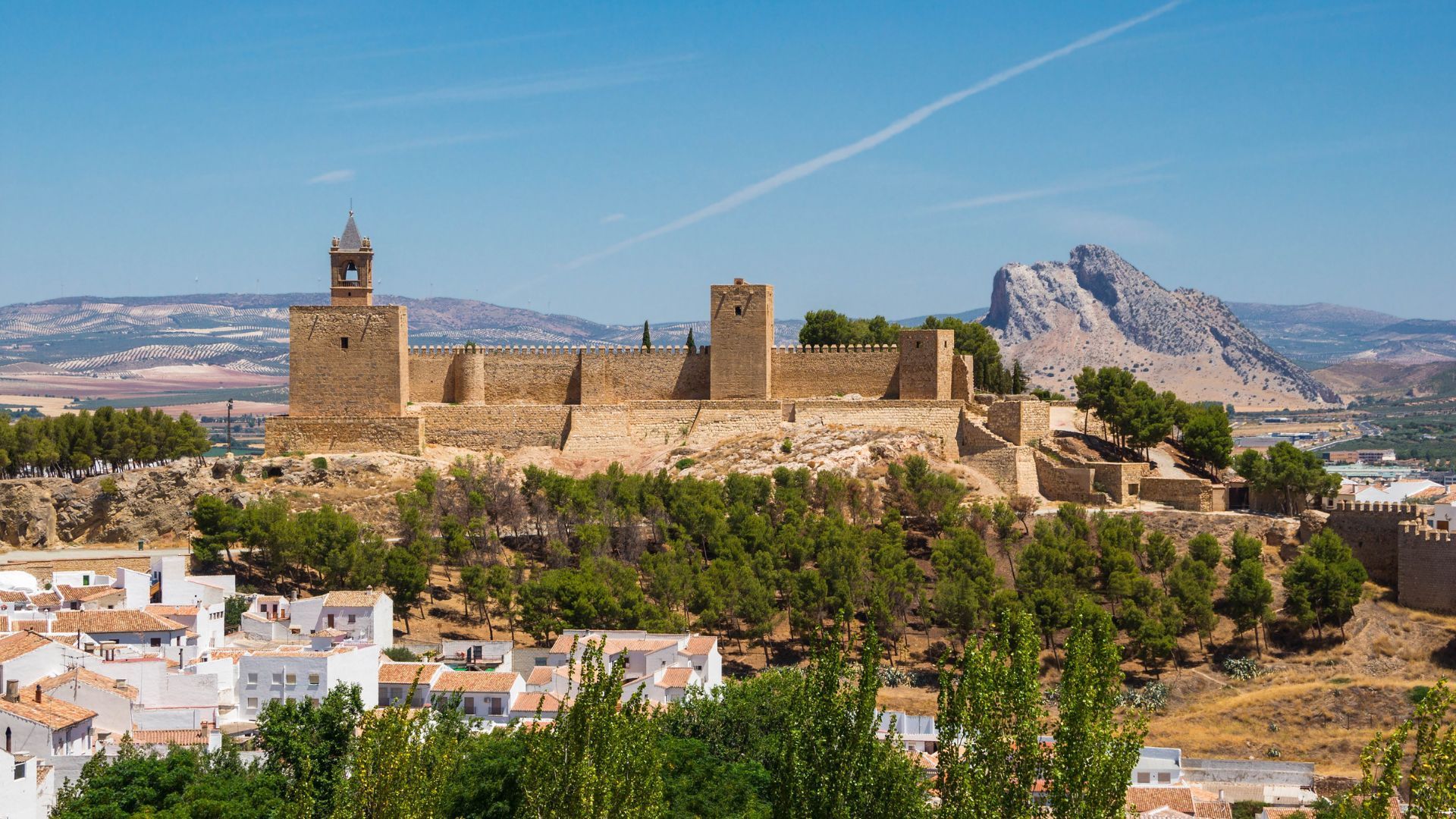
I started my exploration during the day, eager to take in the fortress’s sunlit beauty. My first stop was the Alcazaba, the oldest part of the complex that once served as the military heart of the Alhambra. Its towering ramparts offered sweeping views of Granada below. It was easy to imagine sentries standing guard here centuries ago, scanning the horizon for signs of peace or conflict.
Explore our comprehensive guide to the top places to visit in Spain.
Next, I visited the Generalife, the Nasrid Sultans’ summer palace and country estate. The 14th-century gardens offered a peaceful escape, with meticulously arranged flower beds, gentle fountains, and towering cypress trees, reminding me why this place had once been a royal retreat. The name Generalife, meaning “Garden of the Architect”, couldn’t have been more fitting.
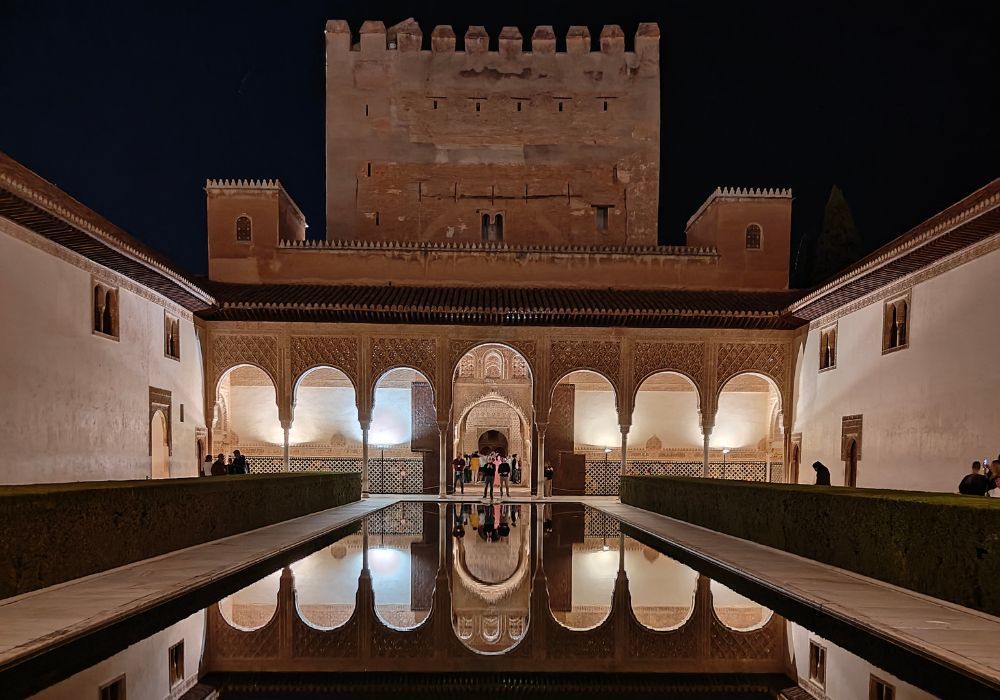
But the real highlight of my visit — and what brought the Alhambra to life — was experiencing the Nasrid Palaces at night. I had purposely booked a separate nighttime visit, and it was enchanting. The delicate carvings, arches, and intricate stucco work were bathed in a soft, golden light. The usual crowds had dispersed, leaving a serene quiet broken only by the gentle trickle of fountains. The walls, adorned with Arabic poetry, seemed to shimmer in the light, creating an intimate and timeless atmosphere.
Also read | This National Park In Spain Is One Of Its Most Peaceful (And Fragile) Destinations
Granada Cathedral and Royal Chapel
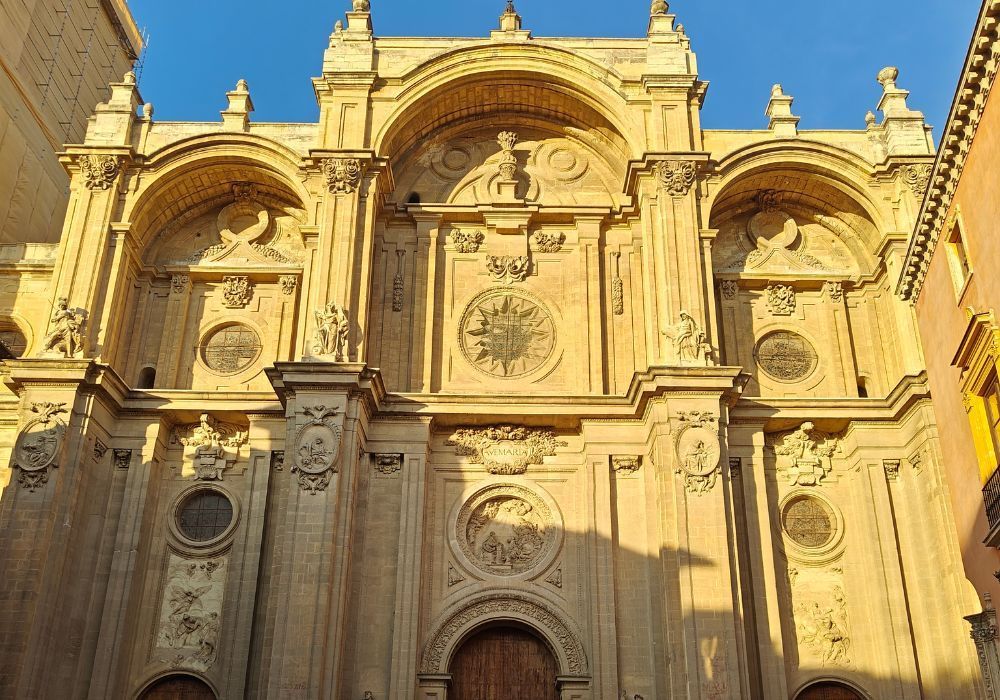
In the heart of the town centre, I stood before the Granada Cathedral, an impressive symbol of Spain’s Catholic resurgence. Its towering Renaissance architecture contrasted with the Moorish designs I had seen throughout the city. Inside, I was mesmerised by the soaring columns that stretched upwards and the intricately decorated ceilings that caught the light, casting vibrant colours onto the marble floors.
Also read | This Lesser-known Island In Spain Has Become A Go-To For Stylish European Travellers
Nearby, I visited the Royal Chapel, which houses the tombs of Catholic monarchs Ferdinand and Isabella — who ended Granada’s Islamic rule after the war. Standing before their intricately carved sarcophagi, I felt the conclusion of one era and the dawning of another unfolding right before me in this very city.
A walk through Albaicín
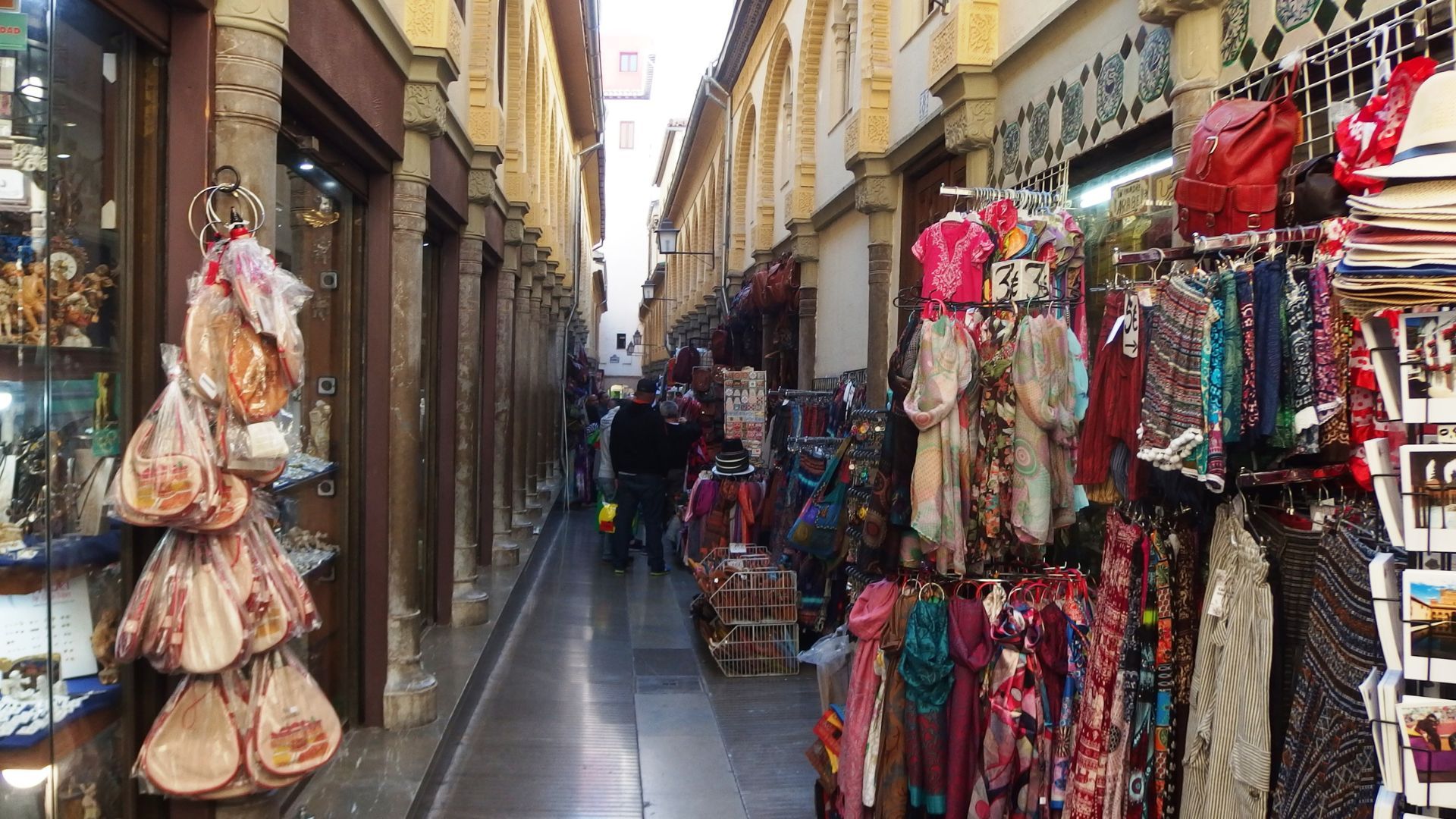
From the Centro, I turned toward the Albaicín quarters, where the streets narrowed and cobblestones replaced pavement. The neighbourhood guided us back in time.
My first detour was the Alcaicería, a reconstructed 19th-century Moorish bazaar near the cathedral that was once the bustling silk market of the Nasrid dynasty. Now, stalls overflowed with vibrant ceramics, leather goods, Moroccan lanterns, textiles and spices.
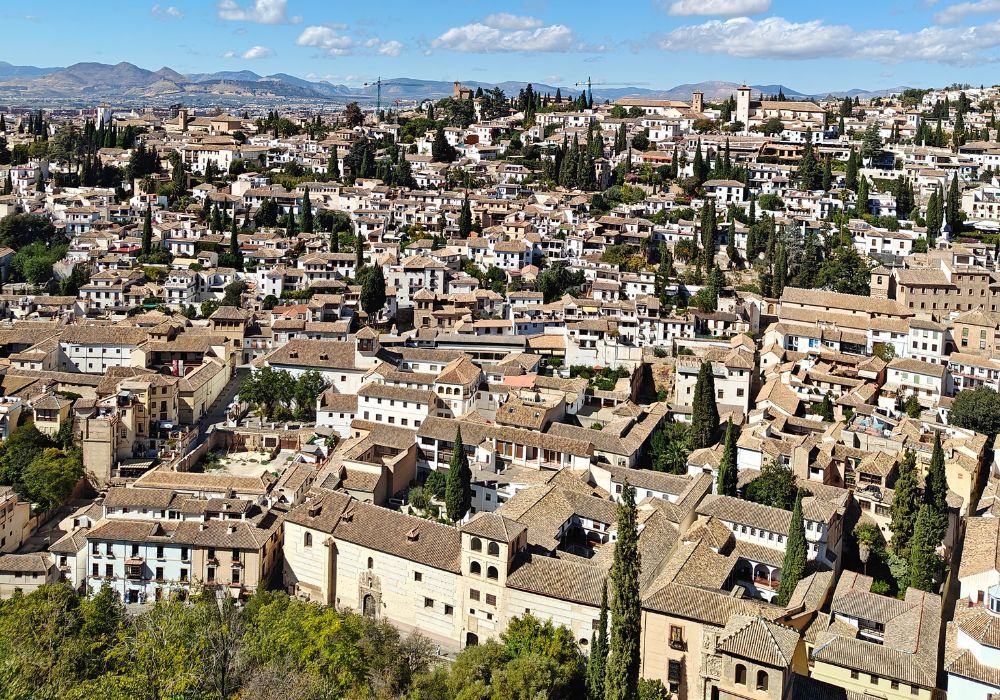
As I wandered on, the Albaicín unfolded like a storybook. Declared a UNESCO World Heritage Site, it’s Granada’s oldest neighbourhood and a living relic of its Moorish past. The labyrinthine streets, lined with whitewashed houses, twisted endlessly, revealing something new at every corner: a courtyard shaded by citrus trees, a bougainvillea-strewn balcony, or a hidden tea house welcomed weary wanderers.
It was easy to lose myself in the Albaicín, but the path ahead was clear — toward the Mirador de San Nicolás for a sunset view of the Alhambra. When we reached the square, it was alive with a quiet energy. Locals strummed guitars while travellers claimed their spots along the wall, all drawn by the same promise of an unforgettable sunset. Across the valley, the Alhambra stood like a dream bathed in the golden light of the setting sun. The moment felt shared yet profoundly personal as if time had slowed for everyone there.
Here’s our guide to top things to do in Seville, the home of Flamenco.
Discovering the caves of Sacromonte
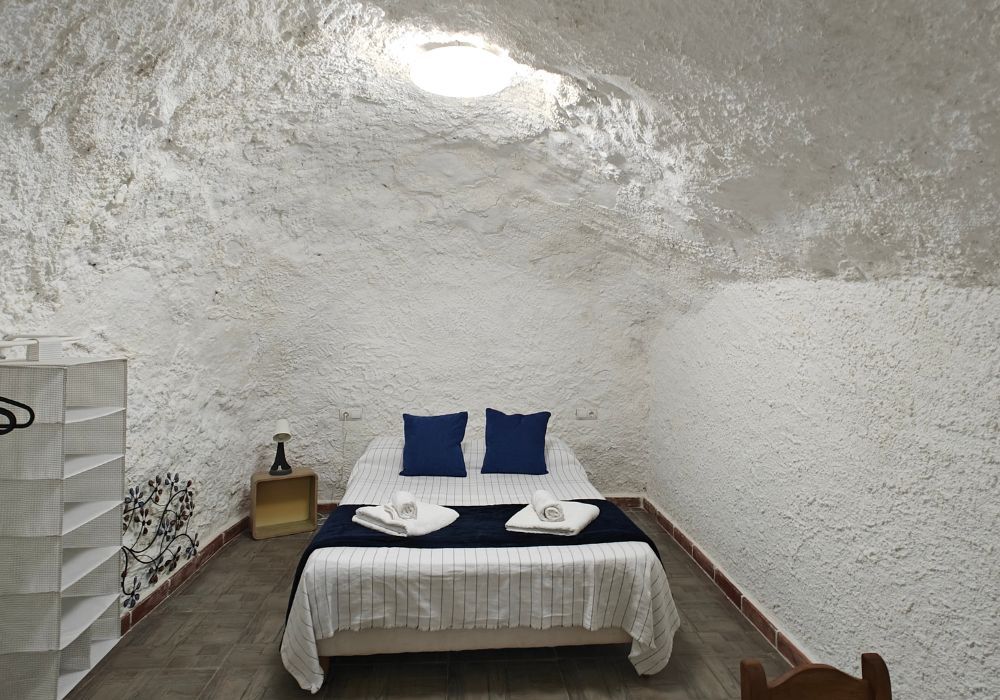
After wandering through the charming streets of Albaicín, I made my way into Sacromonte, renowned for its cave houses, which have been carved into the hillsides for centuries. Historically, Sacromonte was home to Granada’s Romani (Gypsy) community, and today, it remains a place where the soul of flamenco thrives. To better understand Sacromonte’s rich history and culture, the Cuevas del Sacromonte Museum offers a fascinating glimpse into the lives of the Romani people who have called this place home for generations.
Granada nightlife
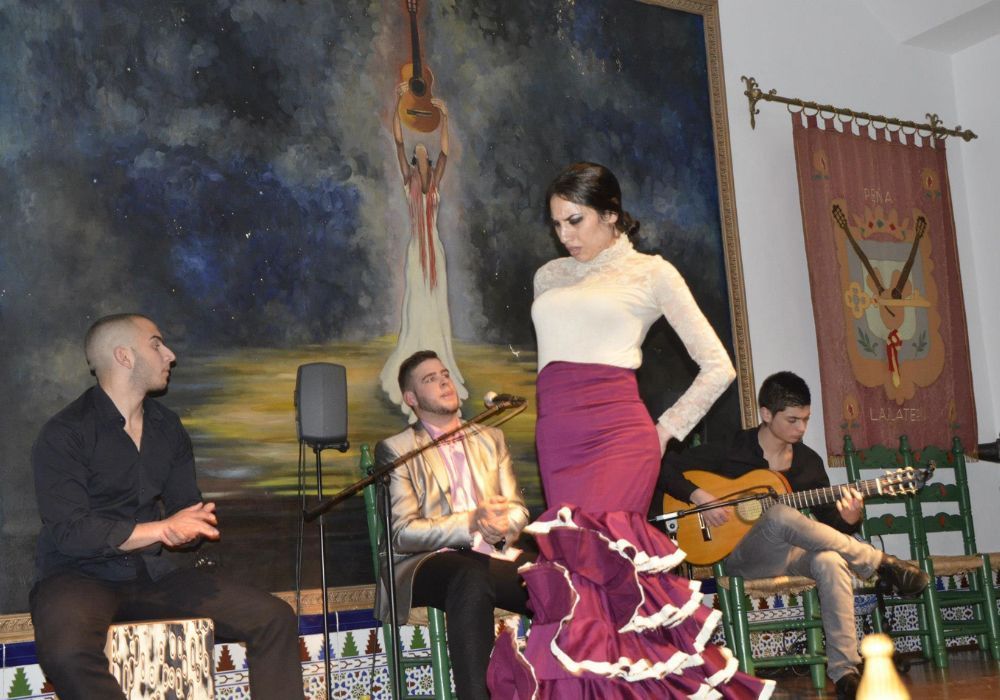
Granada’s nightlife is a vibrant mix of tapas bars, flamenco venues, and bustling plazas. For a truly magical experience, consider an evening visit to the Nasrid Palaces, which offers a dreamy atmosphere and a completely different vibe from the daytime crowds.
Spaniards are night owls, and dinner stretches well into the night. Plaza Nueva is a great starting point for tapas-hopping, with countless bars to explore. If you’re after something more immersive, head to Sacromonte, where flamenco performances unfold in intimate cave bars and tablaos. Peña La Platería, one of Spain’s oldest flamenco venues, is a fantastic spot to experience this passionate art form up close.
Cafes and restaurants
Granada is one of the few places in Spain where tapas are still served free with drinks. Order a vermouth or a glass of tinto de verano, and you’ll likely be treated to a plate of croquetas, patatas bravas, or pescaito frito (fried fish). After a long, immersive walk through the Alhambra, I relaxed at a casual tapas bar near the monument for a glass of sangria, accompanied by albondigas (meatballs) as my tapa.
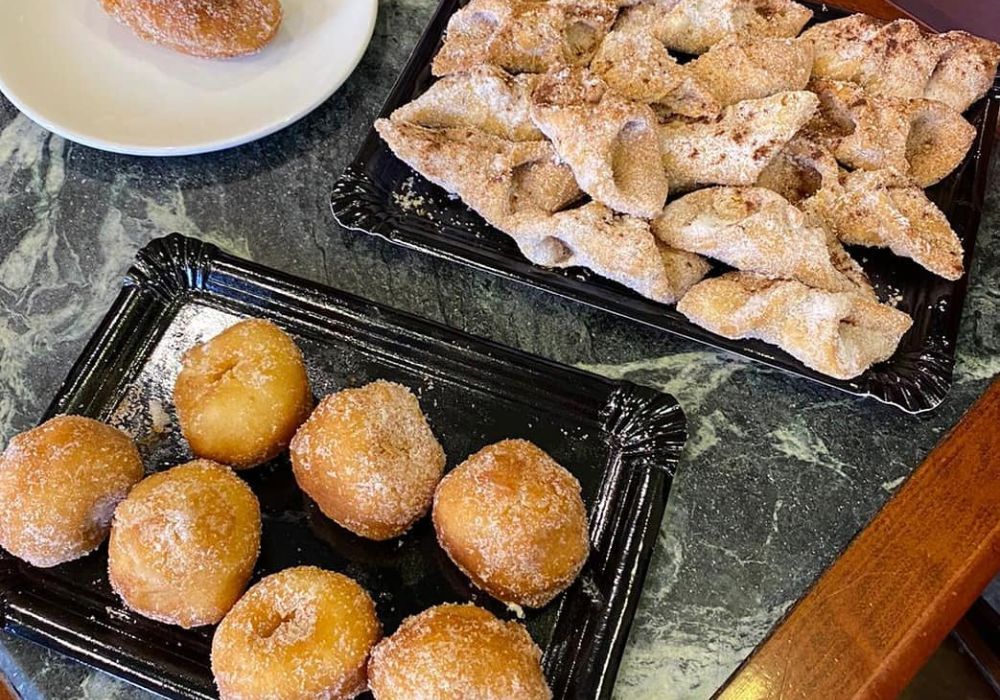
One afternoon, I stopped by the historic Gran Café Bib-Rambla, one of Granada’s oldest restaurants since 1907. Here, churros and chocolate have been perfected over the years. It’s also a great place to sample dogfish. If you’re feeling adventurous, try the black paella (arròs negre), made with squid ink — though, I’ll admit, it was an acquired taste for me.
Granada’s Arab influence is also beautifully reflected in its cuisine. At Restaurante Arrayanes, you can indulge in Moorish-inspired dishes like lamb tagines, Moroccan tea, and almond tarts.
Also read | How Madrid Became One Of Europe’s Best Food Cities
Hotels in Granada
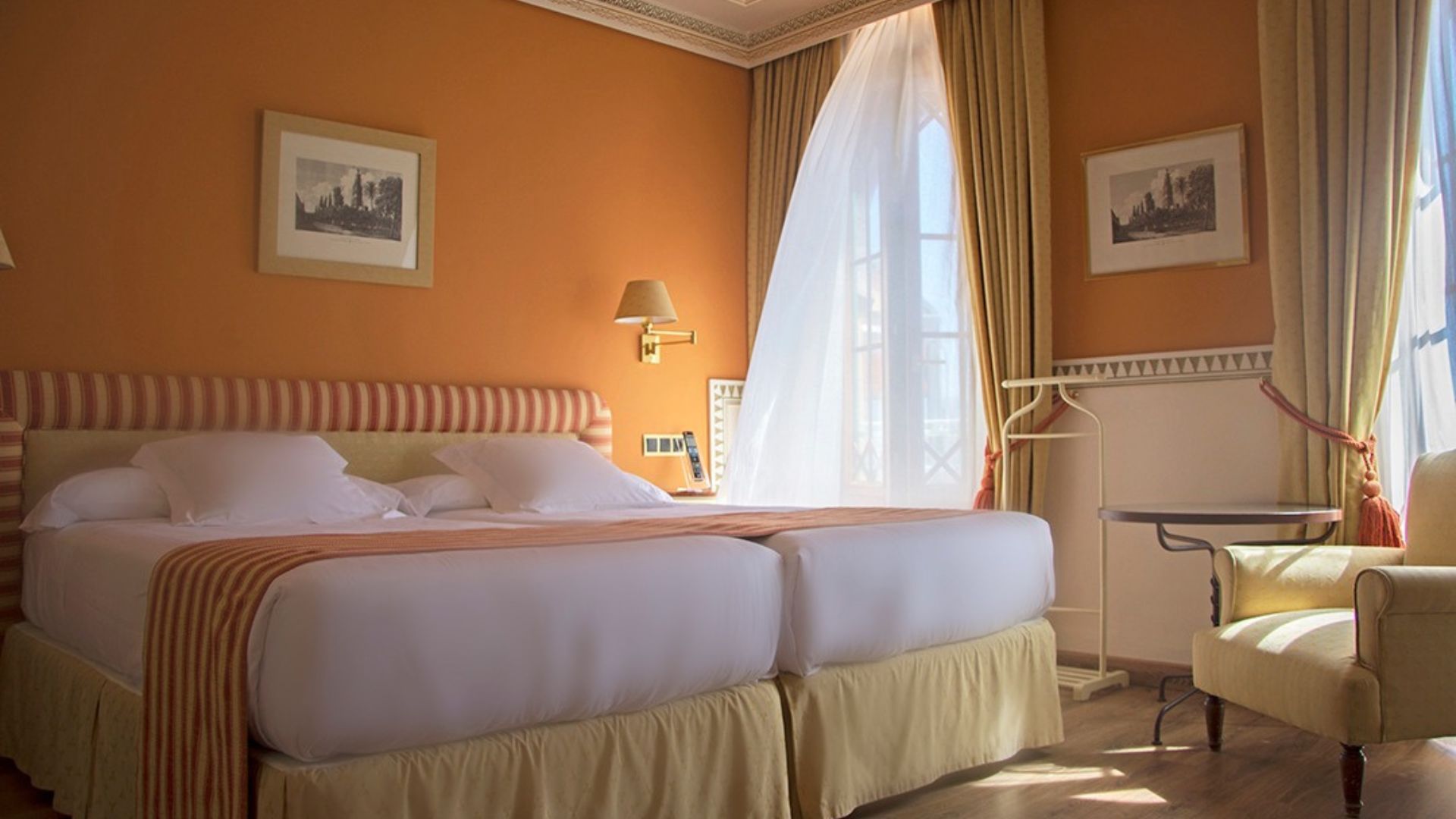
I stayed in a cave house in the historic Sacromonte quarters of Granada. My Airbnb was simple yet full of character, offering a blend of modern comfort and old-world charm.
Albaicín has plenty of affordable options for those on a budget, from hostels to cosy guesthouses. If you want to indulge, nothing beats staying at the Hotel Alhambra Palace — a luxurious experience with the iconic Alhambra fortress just a stone’s throw away.
Book your stay at Hotel Alhambra Palace via Booking.com
Book your stay at Hotel Alhambra Palace via Agoda.com
Shopping in Granada
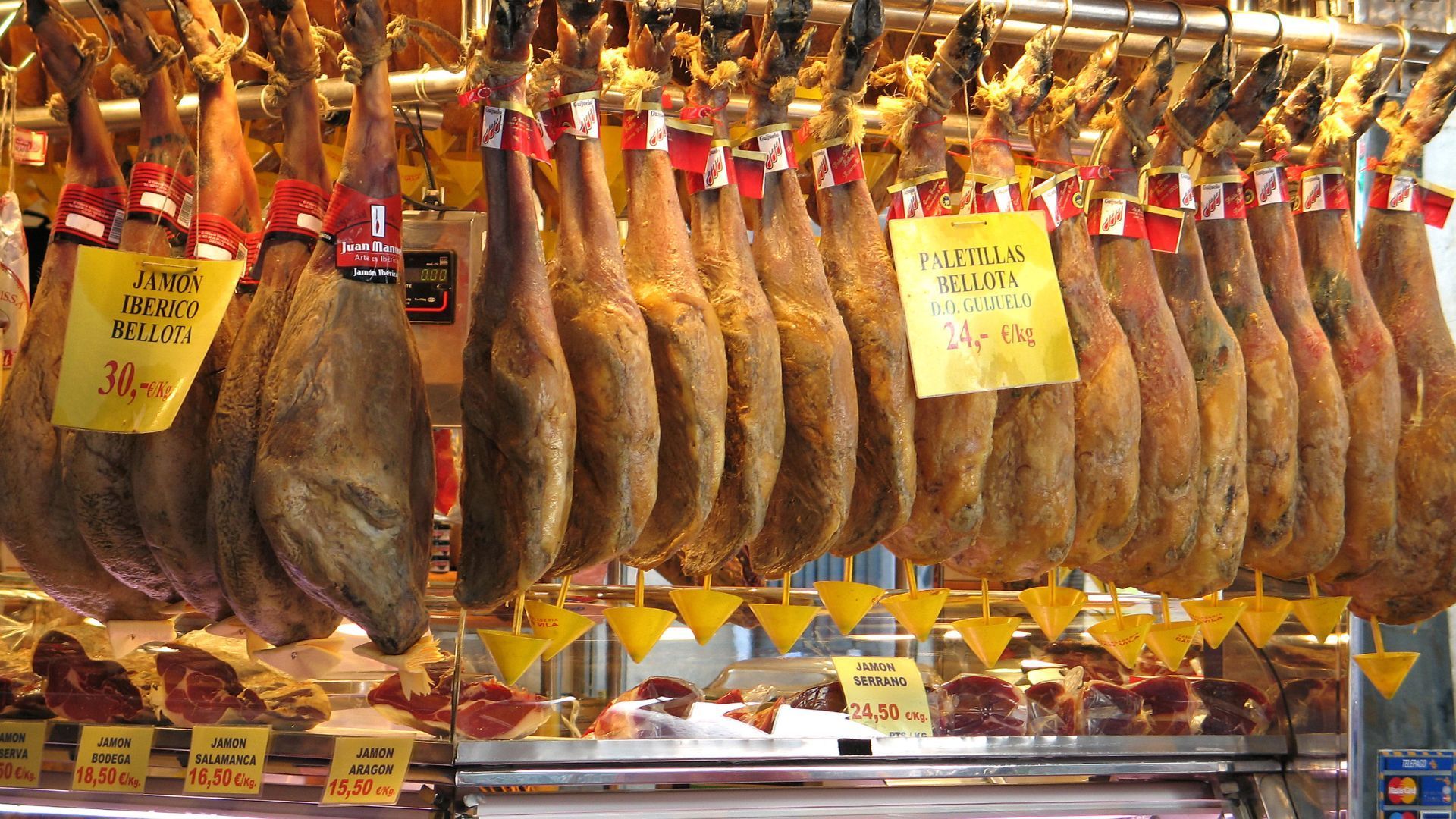
The Alcaicería Moorish bazaar near the cathedral is the perfect place to find Moroccan-inspired souvenirs like lamps, fabrics and spices. Food lovers will want to take home some of Spain’s beloved jamón ibérico or olive oils. For a unique keepsake, look for pomegranate-themed items — an emblematic symbol of Granada, which can be seen everywhere, from manhole covers to street signs. After all, “Granada” itself means “pomegranate” in Spanish.
Insider tips for visiting Granada
- Book Alhambra tickets early, as they sell out quickly. Try to book at least a month or two in advance.
- Last-minute Alhambra tickets are occasionally released at midnight for the following day. Be ready to book online in a race against the clock.
- Arrive early for the Nasrid Palaces, a 15-minute walk from the entrance — don’t miss your entry time.
- Enjoy free tapas with drinks at most tapas bars in Granada.
- Wear comfortable shoes to navigate the city’s cobblestone streets and hilly paths.
Explore more with our guide to the best time to visit Spain.
Best time to visit Granada

Granada summers can be scorching, with temperatures often exceeding 35°C. Spring and late fall are ideal, offering mild weather that is perfect for exploring the city. In winter, the nearby Sierra Nevada becomes a hub for skiing, adding another dimension to your visit.
shop the best travel experiences here
(Feature Image Credit: Jorge Fernández Salas/Unsplash)
Related | Peppy Flamenco To Delectable Tapas: Your Essential 10-Day Itinerary For Spain
Note:
The information in this article is accurate as of the date of publication.
We may earn an affiliate commission when you shop through links on our site.
FAQs (Frequently Asked Questions)
Walk around the historic Albaicín quarters, enjoy the Alhambra sunset view from Mirador de San Nicolás, visit Granada’s cathedral exterior, wander through Sacromonte, and enjoy free tapas with drinks at local bars.
Yes, you can visit the Alhambra at night to experience the magical ambiance of the Nasrid Palaces—just be sure to book your tickets in advance.
Popular day trips from Granada include exploring the picturesque Alpujarras villages, hiking in the Sierra Nevada mountains, or visiting the coastal town of Nerja.
Yes, you can experience traditional Flamenco in Granada at intimate cave venues in Sacromonte or renowned tablaos like Peña La Platería, one of Spain’s oldest Flamenco clubs.
The best way to explore the Alhambra is by booking timed tickets in advance, allowing several hours to visit its key sections—the Nasrid Palaces, Generalife Gardens, and Alcazaba—while wearing comfortable shoes for walking.
For couples, some of the best things to do in Granada include a sunset view of the Alhambra, a Hammam Al Ándalus spa, and Flamenco in Sacromonte.
Two to three days are ideal for exploring Granada
You can get around Granada easily by walking, using local buses, or taking taxis. The city is compact, with many attractions within walking distance.
Granada itself doesn’t have beaches, but it’s close to the Costa Tropical, where you can find beautiful beaches like Playa de Salobreña and Nerja.













